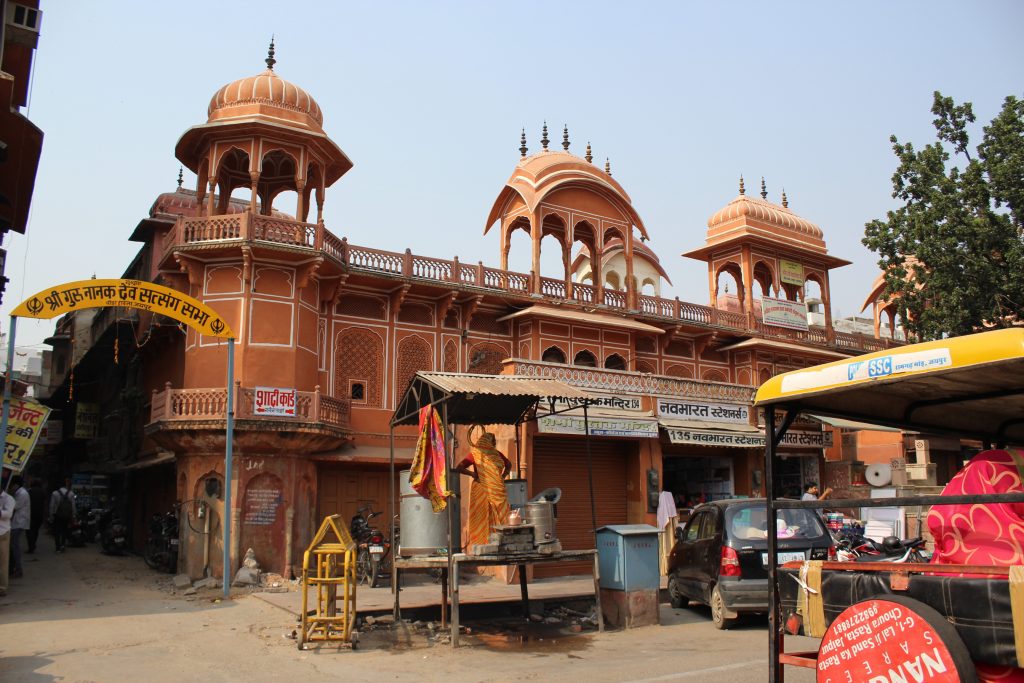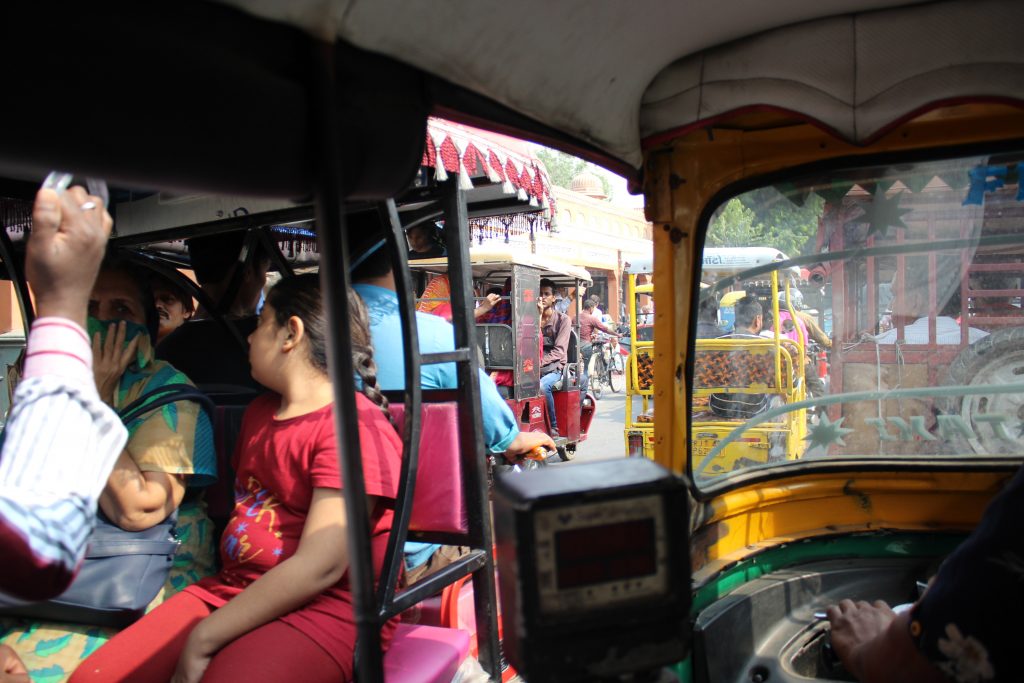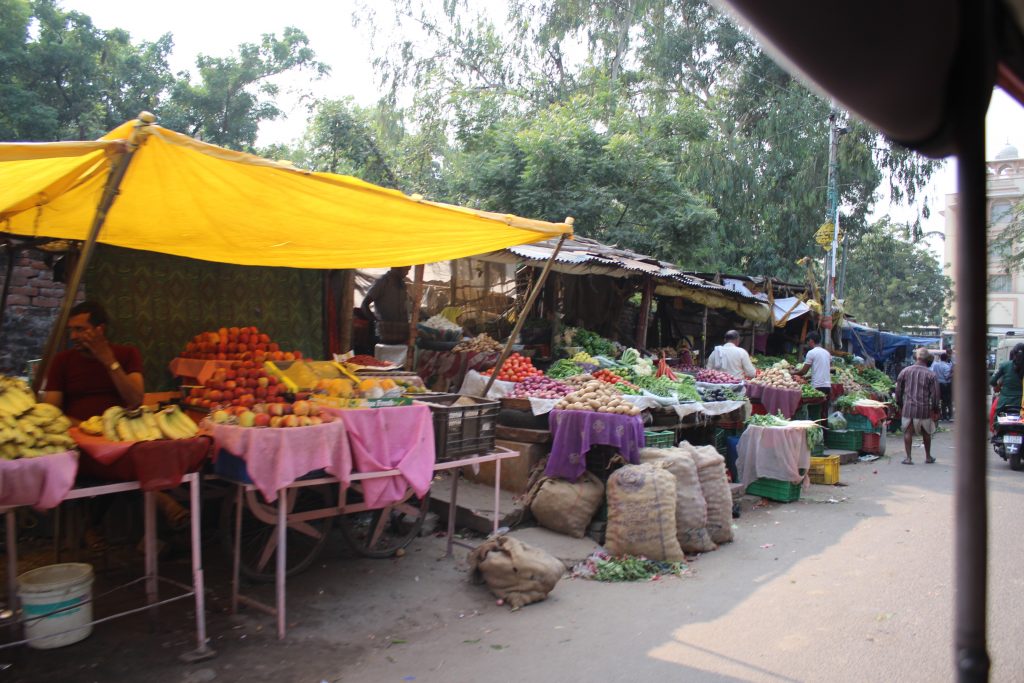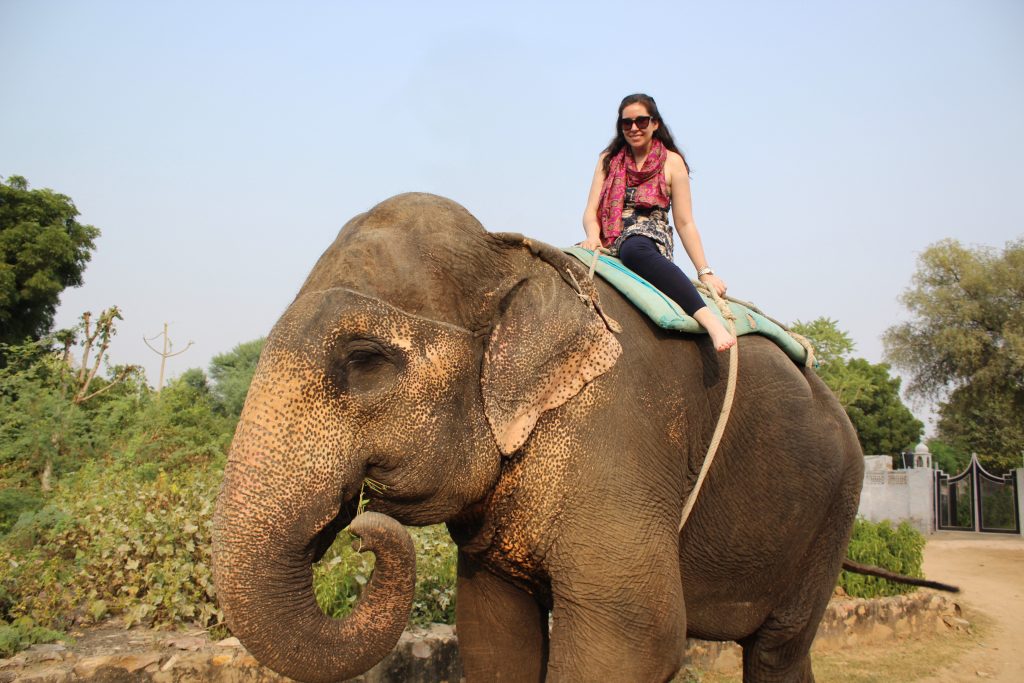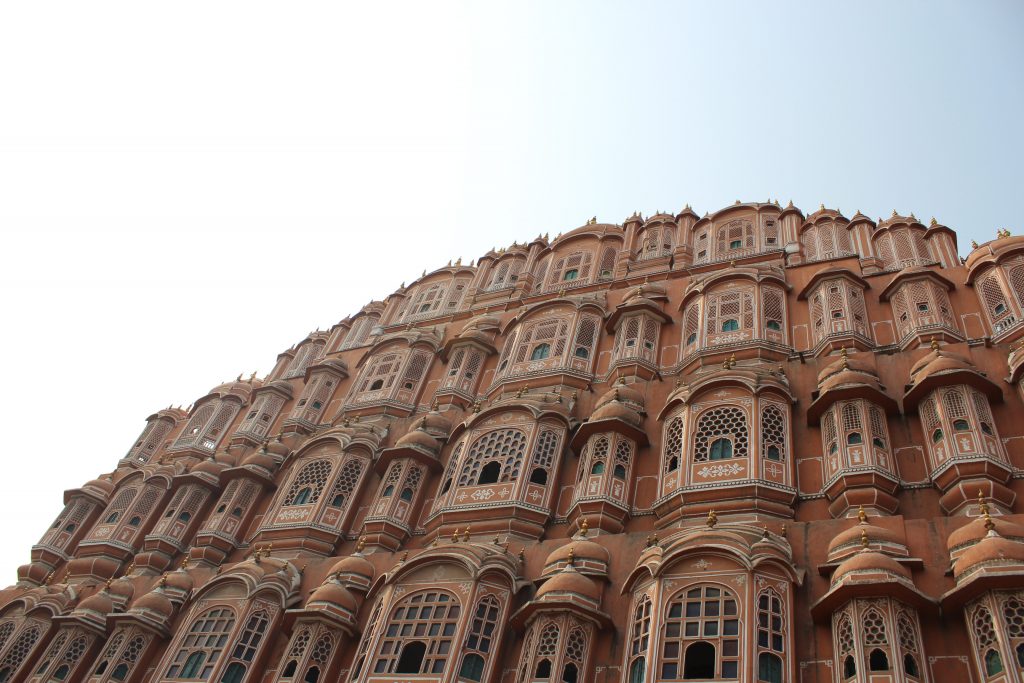
Its buildings are predominantly rose-coloured, and it is sometimes called the “pink city.”
Established in 1727, Jaipur was the first “planned” city in India. The city’s grid-like design is based on Vastu Shastra , an ancient Hindu architectural doctrine.
“If you follow the principles of Vastu Shastra, there is a place for each and every thing — a place for water, temples, homes, everything.”
Jai Singh (the Maharaja at that time) divided the city into nine squares — symbolizing nine planets. The main streets measure 110 feet in length, while smaller market streets are 55 feet long.
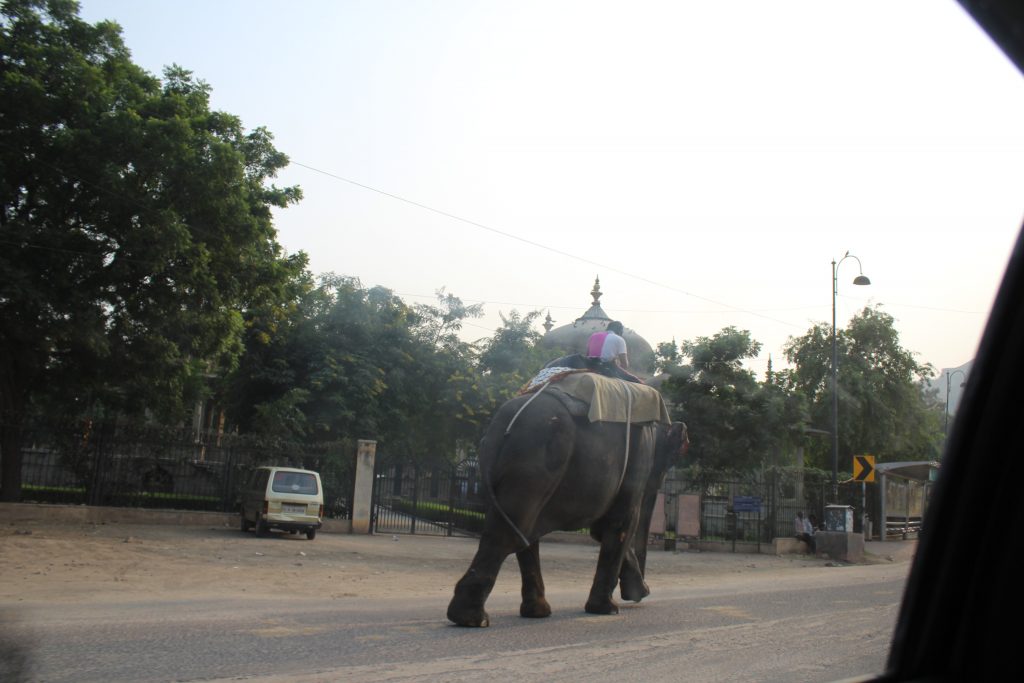
The city is surrounded by a fortified 20-foot-high walls. There are seven gates, most of which are named after a celestial body — the “Sun” gate faces East, while the “Moon” gate faces west.
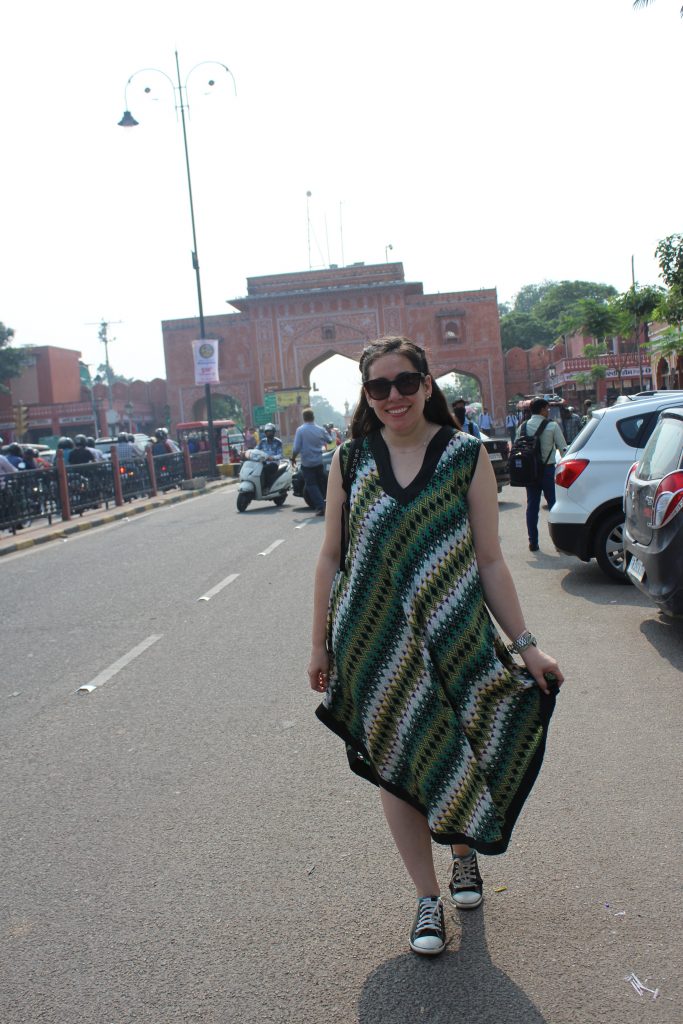
The original color of the city was already a pinkish shade, because buildings were constructed with white limestone and Indian red brick powder.
